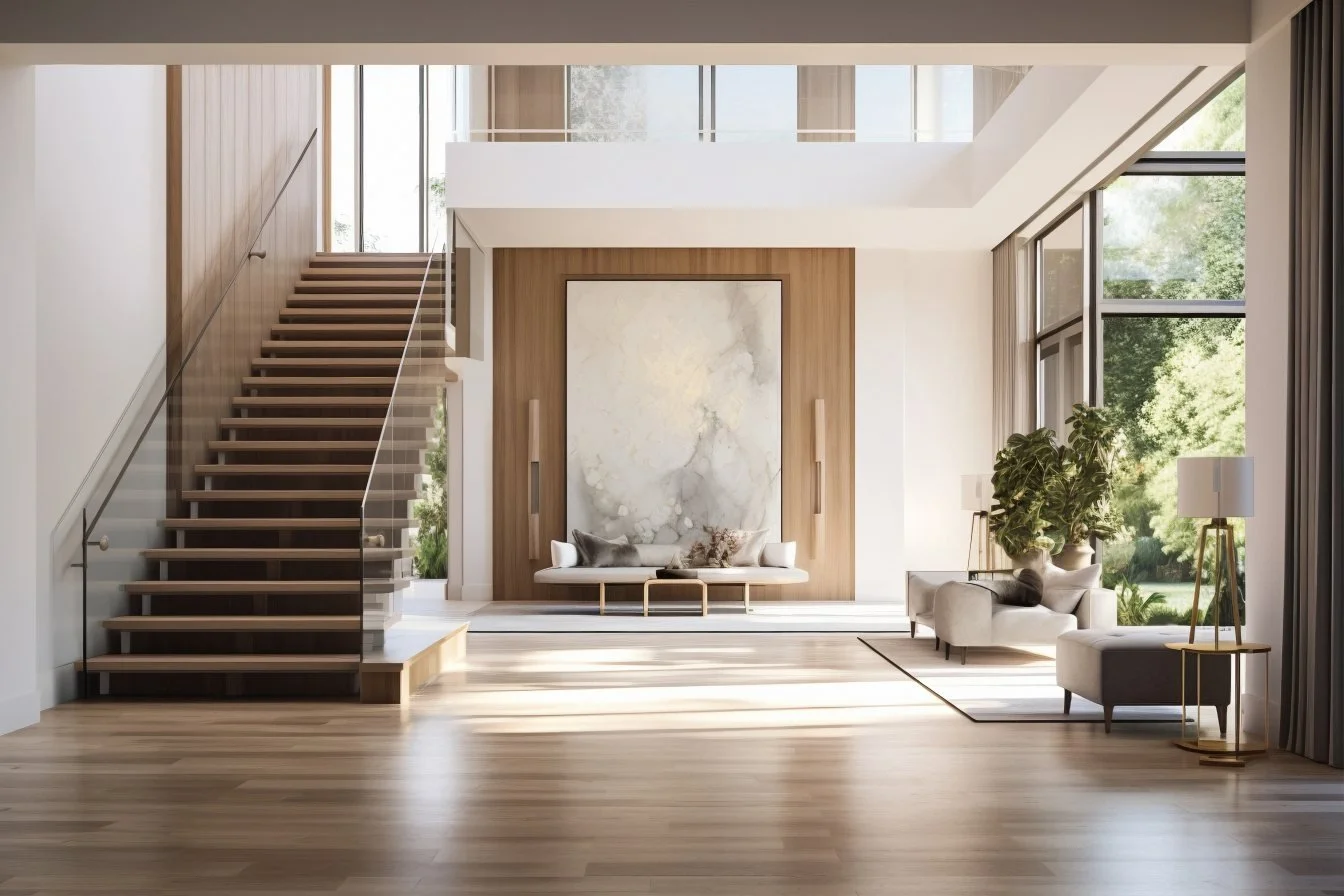What Makes a Great Virtual Tour? Tips from Top Real Estate Marketers
Introduction
The real estate market has gone digital—and virtual tours have become the gold standard for showcasing properties online. But not all virtual tours are created equal. A great virtual tour doesn’t just show a space—it tells a story, builds emotion, and guides buyers toward a decision.
So, what separates an average tour from one that truly sells? We’ve gathered insights from top real estate marketers to break down the key elements of a winning virtual tour.
1. High-Quality Visuals Are Non-Negotiable
Your virtual tour is often a buyer's first impression. Grainy images or laggy 3D renderings will send them clicking away. Experts recommend:
Using 4K-resolution imagery and smooth transitions.
Lighting the property naturally or professionally.
Capturing every room, including hallways and outdoor areas.
Tip: Avoid clutter and personalize just enough to help buyers imagine themselves in the space.
2. User-Friendly Navigation
A good virtual tour should feel like a self-guided experience. Buyers should be able to explore at their own pace without feeling lost or overwhelmed. Best practices include:
Clear navigation hotspots.
An integrated interactive floor plan or mini-map.
Simple controls across desktop and mobile.
Make it responsive—your tour should look just as sharp on a smartphone as it does on a large monitor.
3. Storytelling That Sells
Top marketers craft a narrative around the property. That could mean:
Highlighting a lifestyle ("Imagine morning coffee on this sunlit balcony").
Showing how each space flows together.
Using embedded text, pop-ups, or voiceovers to guide attention.
Remember: You’re not just selling walls—you’re selling a future home.
4. Contextual Information at a Click
Buyers often have questions during a tour. Rather than leaving the experience to search for answers, a great tour includes:
Details on room dimensions, appliances, and materials.
Interactive tags for amenities and smart home features.
Optional agent pop-ups or live chat.
The more instantly available the info is, the faster a buyer can make a decision.
5. Local Environment Integration
Buyers want to know more than just the home—they want the neighborhood. Great tours now include:
Virtual neighborhood walkthroughs.
Drone footage showing proximity to landmarks, parks, schools.
Embedded maps or lifestyle overlays.
Selling the location is just as important as selling the layout.
6. Compatibility & Shareability
If your virtual tour is hard to load, embed, or share, you're losing leads. The best virtual tour tools:
Work seamlessly on any device or browser.
Integrate with MLS, Zillow, and other platforms.
Allow easy sharing across social media, email, or messaging.
The easier it is to spread, the further your listing will go.
Naviport by X51: The All-in-One Virtual Tour Experience
At the cutting edge of real estate technology is Naviport by X51—a premium virtual tour solution designed with everything great marketers recommend, and more.
Naviport offers:
Stunning 3D visuals and interactive navigation.
Fully responsive design for any device.
Built-in storytelling features like room descriptions, highlights, and neighborhood insights.
Real-time data layers, amenities, and location visuals—all inside one seamless experience.
Unlike cookie-cutter platforms, Naviport transforms the property journey into a rich, immersive story—customizable for each listing and built to convert.
If you're ready to make your listings stand out, Naviport by X51 delivers the innovation and polish that top-tier agents and developers demand.


